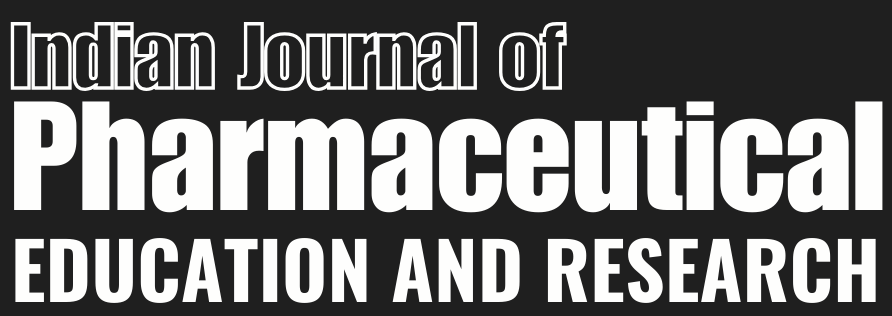Published: 06 March 2025
Review Article
Published: 06 March 2025
Review Article
Published: 06 March 2025
Review Article
Published: 06 March 2025
Review Article
Gritika Khanojia,
Vinayak Walhekar,
Patil Ashwini,
Pratik Birajdar,
Pawar Ritesh,
Amol Muthal,
Subhash Bodhankar,
Chandrakant Bagul,
Dileep Kumar,
Baswaraju Macha,
Vaibhav Shinde and
Ravindra Kulkarni
Indian Journal of Pharmaceutical Education and Research, 59 (2), 453-471.
DOI: 10.5530/ijper.20255143
Published: 06 March 2025
Review Article
Published: 06 March 2025
Review Article
Published: 06 March 2025
Review Article
Published: 06 March 2025
Original Article
Published: 06 March 2025
Original Article
Published: 06 March 2025
Original Article
Published: 06 March 2025
Original Article
Published: 06 March 2025
Original Article
Published: 06 March 2025
Original Article
Published: 06 March 2025
Original Article
Published: 06 March 2025
Original Article
Published: 06 March 2025
Original Article
Published: 06 March 2025
Original Article
Published: 06 March 2025
Original Article
Published: 06 March 2025
Original Article
Published: 06 March 2025
Original Article
Published: 06 March 2025
Original Article
Published: 06 March 2025
Original Article
Published: 06 March 2025
Original Article
Published: 06 March 2025
Original Article
Published: 06 March 2025
Original Article
Published: 06 March 2025
Original Article
Published: 06 March 2025
Original Article
Published: 06 March 2025
Original Article
Published: 06 March 2025
Original Article
Published: 06 March 2025
Original Article
Published: 06 March 2025
Original Article
Published: 06 March 2025
Original Article
Published: 06 March 2025
Original Article
Published: 06 March 2025
Original Article
Published: 06 March 2025
Original Article
Published: 06 March 2025
Original Article
Published: 06 March 2025
Original Article
Published: 06 March 2025
Original Article
Published: 06 March 2025
Original Article
Published: 06 March 2025
Original Article
Published: 06 March 2025
Short Review



